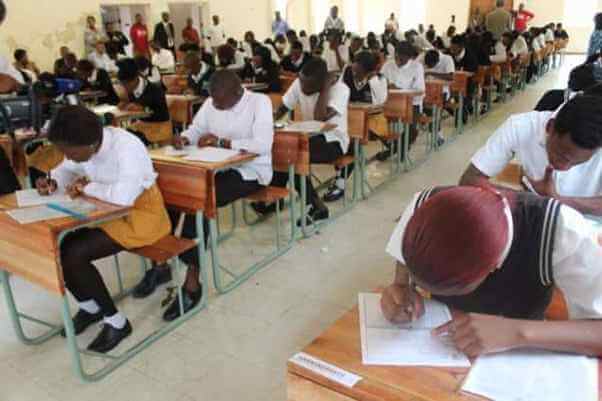The South African government has unveiled a series of significant reforms to the country’s matriculation examination system, aimed at improving the quality of education and aligning it with the demands of the Fourth Industrial Revolution (4IR). These changes, announced by the Department of Basic Education, are expected to modernize the structure of the final school-leaving exams and better equip students for the evolving job market and higher education.
Key Changes to the Matric Exam System
The most prominent reforms focus on restructuring the exam curriculum to incorporate more relevant subjects and skills. One of the key announcements includes the introduction of technology-based assessments. The government is looking to increase the emphasis on STEM (Science, Technology, Engineering, and Mathematics) subjects, ensuring that learners are prepared for careers in a fast-paced, digital world.
The new system will also include an option for modular examinations, which will allow students to spread their exam load over a longer period rather than sitting all papers within a short timeframe. This shift is aimed at reducing student stress and anxiety, as well as allowing learners to master each subject at a manageable pace.
In addition to changes in the exam schedule, there is a strong push to introduce critical thinking and problem-solving skills as part of the assessment criteria. Traditional rote learning will be minimized in favor of more analytical, practical, and applied learning approaches.
Introduction of Vocational and Technical Streams
As part of the reform, the government plans to expand the availability of vocational and technical subjects, offering learners more flexibility to pursue career-focused education from an early stage. These subjects, which include fields like information technology, mechanical engineering, and healthcare, are aimed at addressing the country’s skills shortages while providing alternative pathways to traditional academic routes.
The shift to more vocational subjects is designed to ensure that students who may not be academically inclined have access to quality education that prepares them for the world of work. The Department of Basic Education emphasized that matriculants will no longer be limited to pursuing university education but will have a wide range of opportunities in TVET (Technical and Vocational Education and Training) colleges and other specialized institutions.
Digital and Online Examination Platforms
The reforms also involve leveraging technology to streamline the exam process. The Department of Basic Education is working towards integrating online examination platforms, which will not only enhance efficiency but also enable students in rural and underdeveloped areas to access the same high-quality assessments as their urban counterparts.
To support this digital transformation, the government is set to roll out a national e-learning infrastructure program that will ensure students have access to tablets and reliable internet connections. By digitizing exams, the government also aims to reduce exam paper leakage and cheating, ensuring a fairer and more secure matric process.
Teacher Training and Support
Another key element of the reform is upskilling teachers to deliver the new curriculum effectively. The Department of Basic Education recognizes that for these changes to be successful, educators must be equipped with the necessary tools, resources, and training. As such, a nationwide teacher development initiative will accompany the matric reform, focusing on digital literacy, STEM education, and new assessment techniques.
Public Reaction and Challenges
While the reforms have been generally well-received, concerns have been raised regarding the implementation process. Teacher unions have expressed worries about whether the infrastructure, particularly in rural schools, will be in place in time to support these changes. There are also questions about how quickly teachers can be trained to adopt the new system and whether students in less advantaged communities will have access to the technology needed for online exams.
The government has reassured stakeholders that a phased approach will be taken, with pilot programs rolling out in select schools before full implementation nationwide. The Department of Basic Education is working closely with provincial governments to address these concerns and ensure that no learner is left behind.
Conclusion
These reforms represent a bold step toward modernizing South Africa’s education system. By aligning matric examinations with the needs of a technology-driven world, the government hopes to create a more dynamic and inclusive education system that equips students with the necessary skills for success in the 21st century. While challenges remain, the reforms offer a pathway for South African learners to thrive in a competitive global economy, ensuring that the nation remains at the forefront of educational innovation.4o

